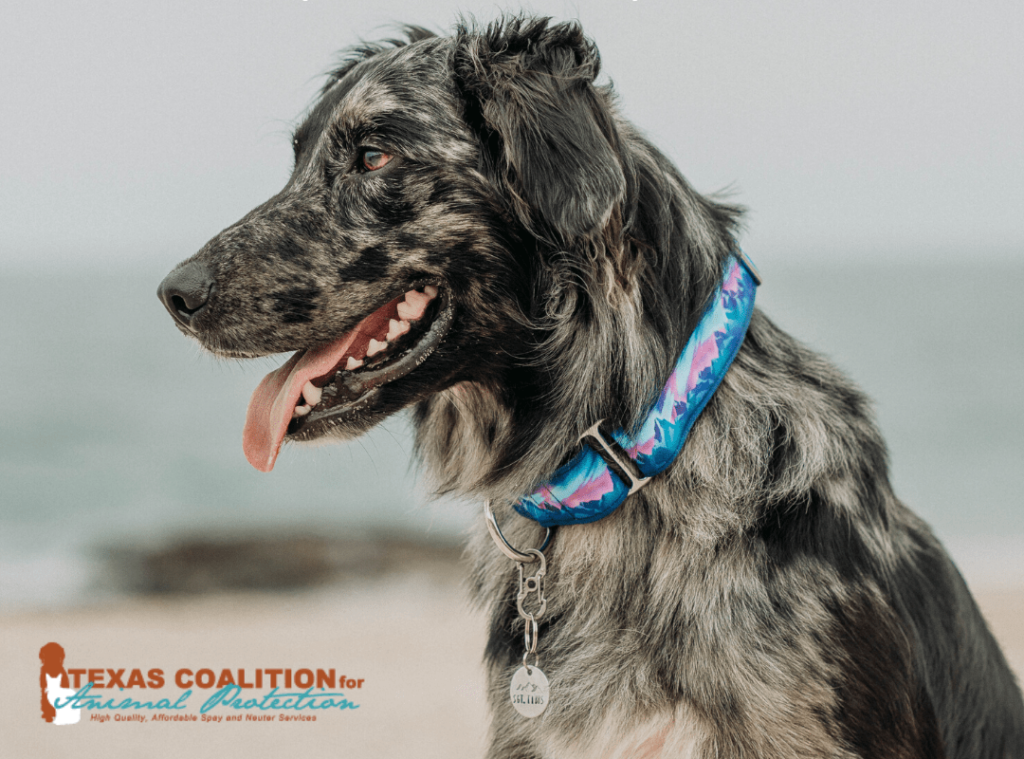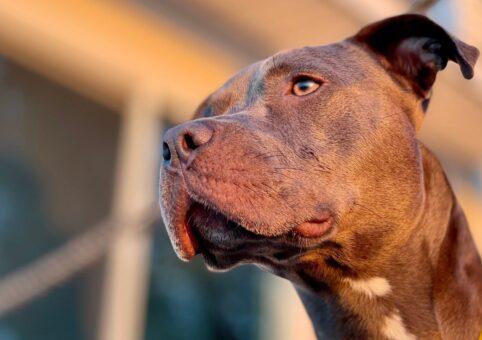It’s easy to lose track of time when you have a dog. Getting your dog spayed might not be a priority, especially if you don’t have other dogs. You might decide to have your dog spayed and then realize they’re in heat. This situation happens more often than you might think.
When your dog is in heat, you might feel in a rush to have them spayed. This leads to a major question for dog owners. Can you spay a dog in heat? Yes, but there are things to consider. A dog in heat will have a slightly more complicated surgery and be under anesthesia for longer as a result, increasing the potential risks of complications. Most vets will spay a dog in heat as the right surgical technique and aftercare can minimize risks.
At the Texas Coalition for Animal Protection, we offer affordable spay surgeries in Dallas and Fort Worth, Texas. We’ve provided low-cost spay and neutering services for over 700,000 pets in North Texas. In this article, we’re exploring the topic of spaying a dog in heat, including how to care for your pet post-surgery.
How Can I Tell If My Dog Is in Heat?
The first thing to do is determine if your dog is in heat. There are several signs to look out for, including change in appetite, more aggressive behavior, excessive licking, and bloody discharge. It’s normal for a dog who isn’t spayed to be in heat, starting from as early as 6 months through to 2 years of age. When your dog enters heat will often depend on their breed.
Understanding Your Dog’s Heat Cycle
Dogs go into heat – also known as ‘season’ – twice annually. Female dogs are not fertile outside of these one or two weeks of their heat cycle. It’s impossible to accurately guess when your female dog will go through her first season. However, if you also own the dog’s mother, you may be able to predict it based on when she went into her first heat. Small dogs will often go into their first heat at a younger age, while larger dogs will go into heat closer to the 18-month mark.
The duration of time a dog stays in heat varies between breeds and dogs themselves. The average dog will be in heat for an estimated 18 days. However, some breeds can be in heat for seven to 10 days. Behavioral changes are often the easiest way to tell that your dog is in heat as they’re more likely to show aggression, have an increase in physical activity, and sow postural changes.
Most dog owners find themselves spaying a dog in heat if the dog enters heat earlier than originally expected. If you find yourself in this situation, having your dog spayed can help prevent pregnancy.
Humans and dogs have different reproductive cycles. Unlike humans, dogs don’t experience menopause and can continue to have pregnancies through to their senior years. Instead, cycles will occur less often, but a senior pregnancy can pose significant risks. Dogs over 8 years old are at a heightened risk of developing pyometra, a serious uterine infection that can be life-threatening.
Can I Have My Dog Spayed When She’s in Heat?
Most dogs can be spayed when they’re in heat. It will be up to the vet to determine whether your dog is a suitable candidate. Typically, most vets will recommend that a dog is spayed with either their ovaries or entire uterus removed before or immediately after their first cycle.
If you decide to have your dog spayed while in heat, it may be more challenging for the surgeon to locate the ovaries. One of the main complications that can arise is excessive bleeding.
However, spaying a dog in heat has become significantly more straight-forward in recent years. Veterinarians are now more prepared with surgical techniques to enable them to take extra care when working on these dogs. The surgery is usually more time-consuming as the vet will want to work slowly with extra care to avoid excessive traction.
How Dogs are Spayed While in Heat
Vets will use a different technique when spaying a dog in heat. For example, they’ll set aside more time and use more suture materials during surgery to reduce the risk of complications.
Spaying a dog when they’re in heat is considered riskier as there is an increased blood supply to the uterus. This situation may feel daunting for less experienced surgeons. Spaying a dog in heat would be considered a more complicated case as a result, as the tissue must be handled delicately to prevent accidental tearing.
However, technology has evolved, and suture materials are now more widely accessible, giving vets the confidence to perform spays on dogs in heat. Vets also have the option of laparoscopic surgery to improve visualization of the uterus and ovaries to reduce complications.
How to Care for Your Dog Post-Spay Surgery
After surgery, your dog will need 10 to 14 days to recover. It’s a time when you want to pamper your pet and give them plenty of space and peace to recover. Rest is crucial to reduce the risk of your dog damaging their internal or external stitches, preventing further complications.
There are active steps you can take to make your dog more comfortable during this time. One of the most important things to do is to stop your dog from licking their wounds. If your dog continuously tries to lick their stitches, an Elizabeth cone can help prevent this.
Ideally, you should avoid allowing your dog to walk other than when they’re going to the bathroom. Your vet may prescribe pain medication and provide directions on how to use this for your dog, depending on their weight and age. If your dog is spayed when they’re in heat, they should be separated from male dogs for at least two to three weeks after surgery.
Book an Affordable Spay Appointment for Your Dog
Spaying your dog provides extensive health benefits, reducing their risk of breast cancer and preventing uterine infection. It can also help reduce animal overpopulation and remove mating-related behavior from dogs by removing their heat cycles. Are you planning to spay your dog? Schedule an appointment or get a quote today.
Photo by Baptist Standaert on Unsplash



















